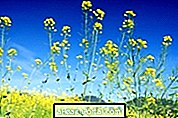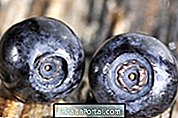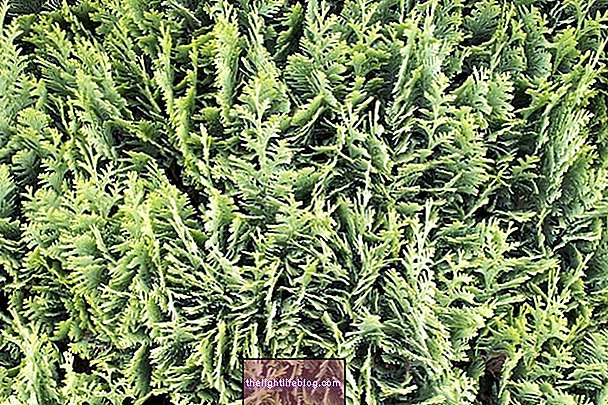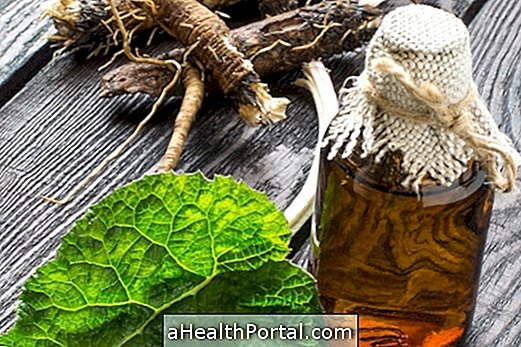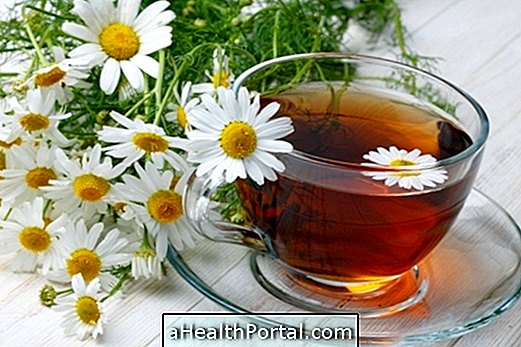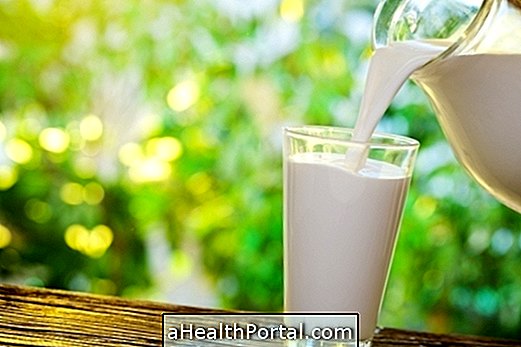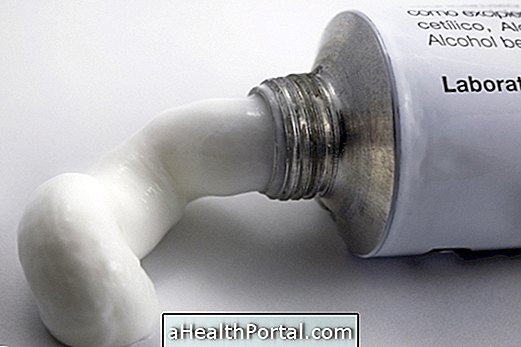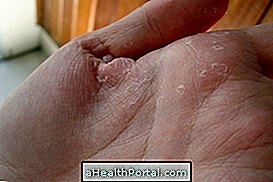The leather hat is a medicinal plant, also known as teaspoon, marshmallow tea, mireiro, marshmallow, marshmallow, water hyacinth, tea-of-poor, much used in the treatment of uric acid due to its diuretic action.
The leather hat has hard leather-like leaves that can grow up to 30 cm in length. Its flowers are whitish and are usually caught around a branch of the plant.
Its scientific name is Echinodorus grandiflorus and can be bought in some natural products stores and manipulation pharmacies.

For what purpose and properties
The properties of the leather hat are mainly its anti-inflammatory, antirheumatic, astringent, depurative, diuretic, antiarthritic, energetic, antihypertensive and laxative action. See other home remedies for arthritis and arthritis.
The leather hat has many benefits, it is used for the treatment of throat inflammations and wound healing. It is also used in diseases such as arthritis, arthritis, rheumatism, stomach and kidney problems, skin infections, high cholesterol, hypertension and liver diseases.
This herb also has a diuretic and depurative action of the organism and is therefore very important for the treatment of the affections of the kidney and the urinary tract, the liver and the stomach.
How to use
The Leather Hat can be applied to the skin or used in the form of tea. To prepare the tea, you should do the following:
1. Tea of Leather Hat
Ingredients
- 20 g of Leather Hat sheets;
- 1L of boiling water.
Method of preparation
To prepare the tea, simply put 20 g of leaves in a pan and add 1 liter of boiling water. Cover and let cool, strain and drink about 3 to 4 cups a day.
2. Reagent for topical application
The Leather Hat can also be applied to the skin, over hernias, dermatoses and boils. To do this, simply crush a rhizome and apply directly on the skin.
Possible side effects
There are no side effects to wearing a leather hat.
Who should not use
The leather hat is contraindicated in patients with heart and kidney failure and should not be taken with antihypertensive drugs.
In addition, it should also not be used in pregnant or nursing women. See all teas that are banned during pregnancy.
